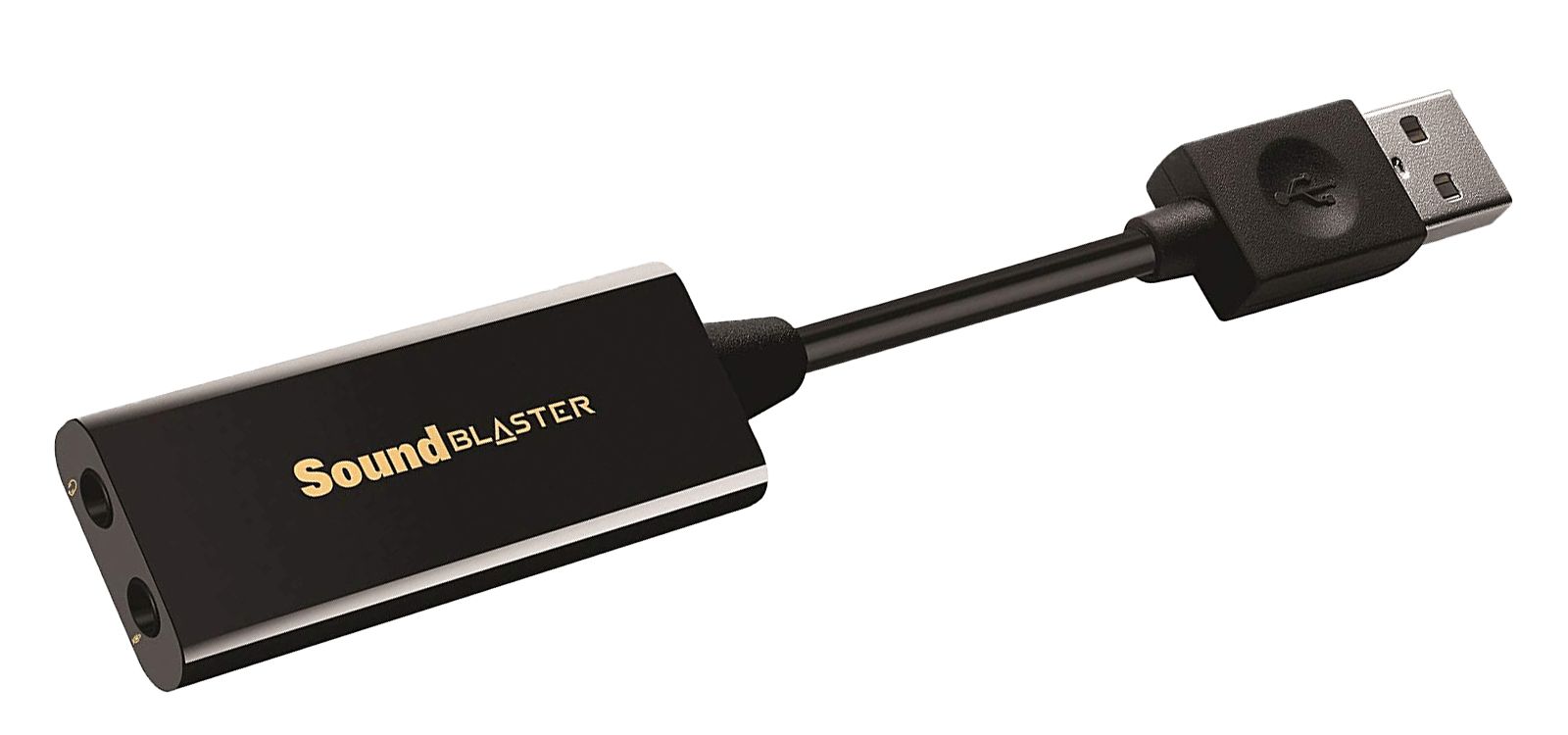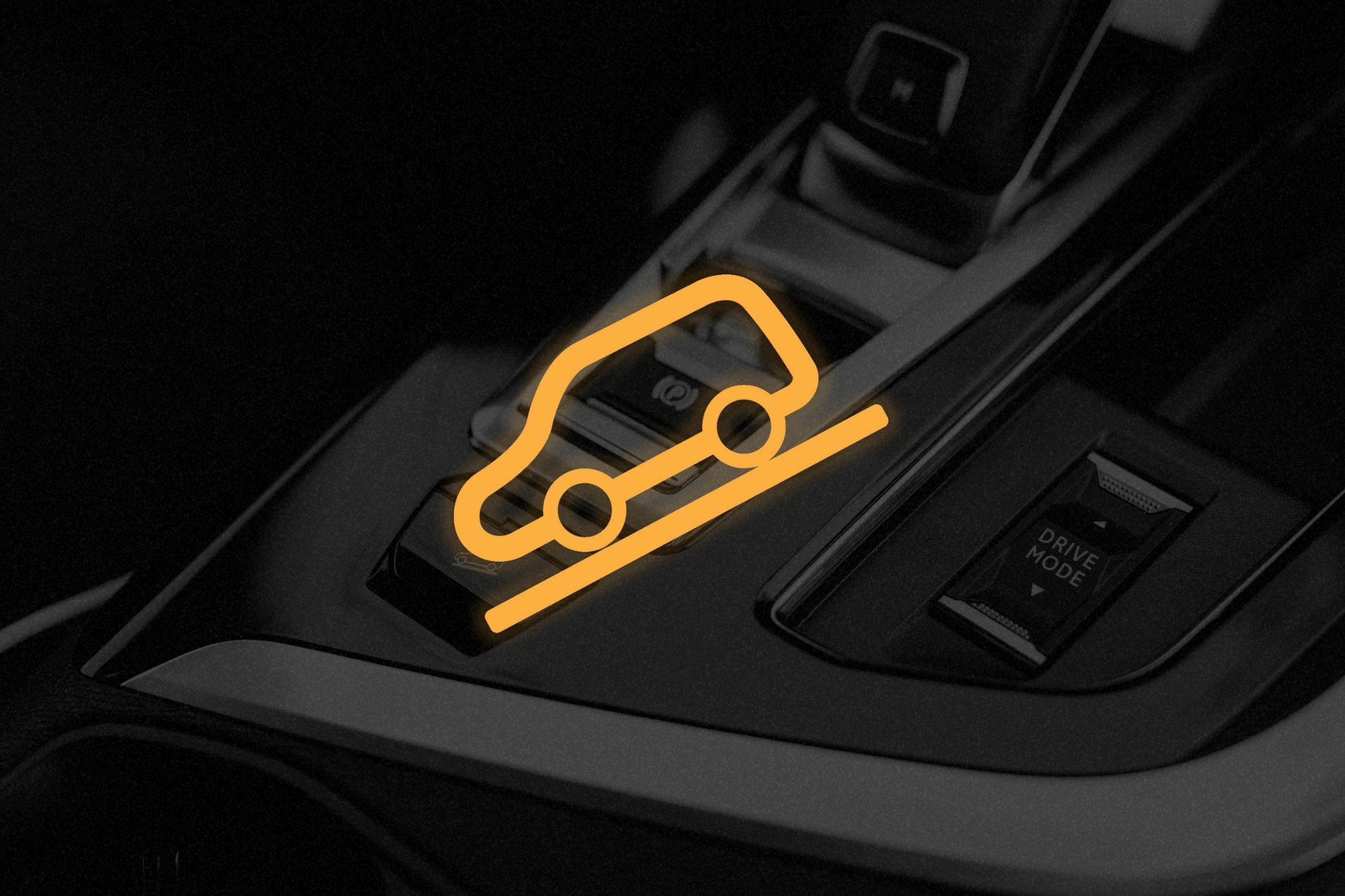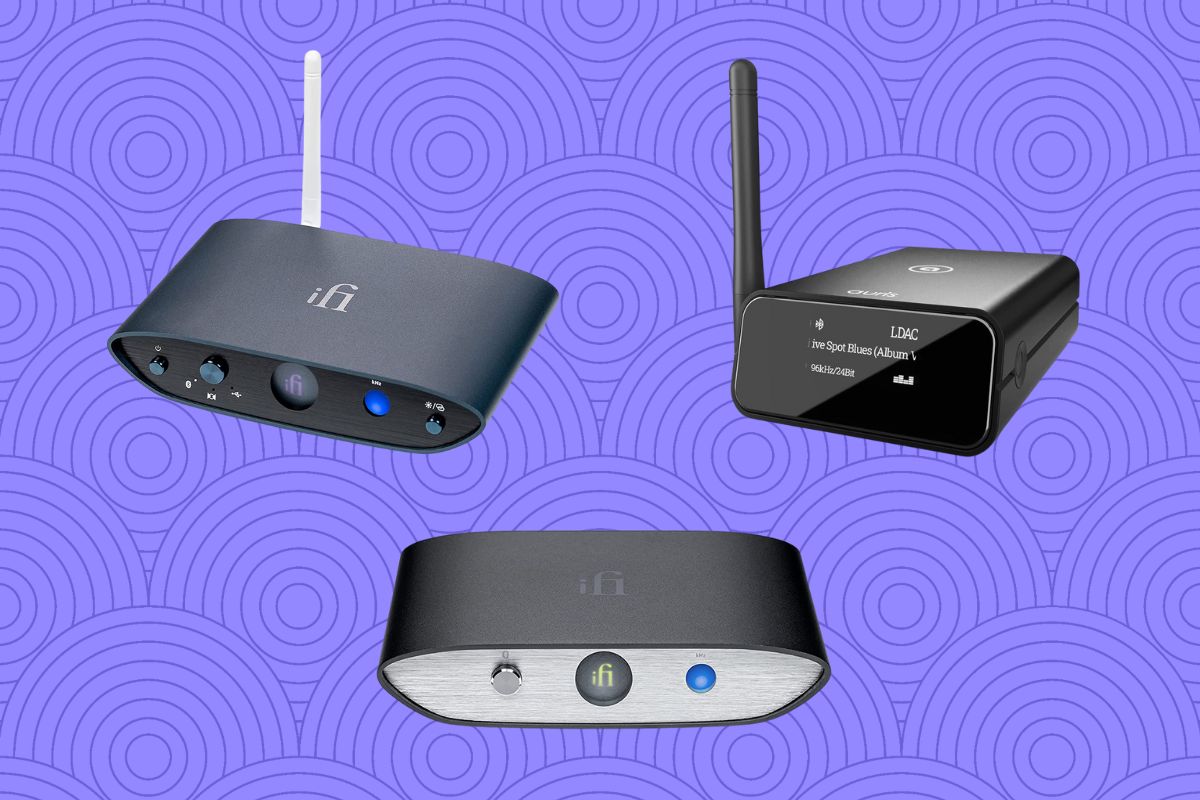Introduction
In the ever-evolving landscape of technology, acronyms are ubiquitous. They often serve as shorthand for complex concepts, allowing professionals to communicate efficiently. One such acronym that has gained prominence in recent years is DAC. While it may sound familiar to some, its full significance and implications might not be immediately apparent. This article aims to demystify the acronym DAC, shedding light on its meaning and the impact it has in the tech realm.
As we delve into the world of DAC, we will uncover its multifaceted nature and explore its role in shaping digital experiences. From its fundamental definition to its practical applications, the acronym DAC carries substantial weight in various technological domains. By unraveling its layers, we can gain a deeper understanding of the pivotal role it plays in modern digital ecosystems.
The journey to comprehend DAC begins with unraveling the acronym itself. What do the letters DAC stand for, and how do they translate into real-world scenarios? These questions will form the cornerstone of our exploration, guiding us through the intricate web of digital concepts and innovations. As we embark on this quest for knowledge, we will uncover the intricate interplay between DAC and the technological landscape, ultimately gaining a newfound appreciation for its significance.
In the following sections, we will navigate through the intricacies of DAC, unraveling its meaning and delving into its far-reaching implications. By the end of this journey, the acronym DAC will cease to be a mere assortment of letters, transforming into a symbol of technological prowess and innovation. Join us as we embark on this enlightening expedition into the realm of DAC, where clarity and understanding await.
What is DAC?
DAC stands for Digital-to-Analog Converter. At its core, a DAC is a crucial component in the realm of digital technology. Its primary function is to convert digital signals into analog signals, enabling seamless communication between digital devices and analog systems. In essence, a DAC acts as a bridge, facilitating the conversion of binary digital data into a format that can be understood and utilized by analog devices.
In practical terms, DACs play a pivotal role in various everyday devices, ranging from smartphones and laptops to audio equipment and industrial machinery. For instance, when you stream music from a digital device and hear it through analog headphones or speakers, a DAC is working behind the scenes to ensure that the digital audio signals are transformed into analog waveforms, thus producing the audible sound. Similarly, in the realm of telecommunications, DACs enable the conversion of digital data into analog signals for transmission over traditional phone lines.
The functionality of a DAC is deeply intertwined with the concept of precision and accuracy. As digital signals are inherently discrete and quantized, the process of converting them into continuous analog signals demands a high degree of precision to ensure fidelity and integrity in the output. This precision is achieved through advanced signal processing techniques and sophisticated circuitry embedded within the DAC.
Furthermore, the evolution of DAC technology has led to the development of high-resolution DACs, capable of handling intricate audio and visual data with astounding clarity and detail. These advancements have significantly enhanced the quality of multimedia experiences, elevating the standards of audio reproduction and visual display across various digital platforms.
In the realm of industrial automation and control systems, DACs facilitate the conversion of digital control signals into analog control signals, enabling seamless integration with analog actuators and sensors. This integration is instrumental in achieving precise and responsive control over industrial processes, thereby enhancing efficiency and productivity.
In essence, the significance of DACs transcends the realm of digital and analog convergence, permeating through diverse domains of technology and innovation. By bridging the gap between digital and analog realms, DACs empower a myriad of devices and systems, enriching the digital experiences of users and driving the advancement of technology as a whole.
The Significance of DAC
The Digital-to-Analog Converter (DAC) holds immense significance in the realm of technology and digital innovation. Its role as a bridge between the digital and analog domains is pivotal, shaping the functionality and performance of numerous devices and systems. The following elucidates the profound significance of DAC in various domains:
1. Audio and Visual Reproduction:
DACs play a fundamental role in delivering high-fidelity audio and visual experiences. In the realm of audio reproduction, the precision and accuracy of DACs are paramount in ensuring that digital audio signals are faithfully converted into analog waveforms, resulting in clear, immersive soundscapes. Similarly, in visual display systems, high-resolution DACs contribute to the vivid and lifelike representation of digital visual data, enriching the viewing experiences across a myriad of devices.
2. Telecommunications and Networking:
In the domain of telecommunications, DACs facilitate the conversion of digital data into analog signals for transmission over traditional communication channels. This functionality is integral in enabling seamless communication across diverse networks, ensuring the compatibility and interoperability of digital devices with analog infrastructure.
3. Industrial Automation and Control:
DACs play a crucial role in industrial automation and control systems, where the conversion of digital control signals into analog counterparts is essential for interfacing with analog actuators and sensors. This integration enables precise and responsive control over industrial processes, fostering efficiency and reliability in industrial operations.
4. Consumer Electronics and Connectivity:
The ubiquity of DACs in consumer electronics, such as smartphones, laptops, and multimedia devices, underscores their significance in enhancing the overall user experience. From audio output to display interfaces, DACs contribute to the seamless integration of digital functionalities with analog peripherals, ensuring a cohesive and immersive user experience.
5. Advancements in Digital Signal Processing:
The continuous advancements in DAC technology have propelled the evolution of digital signal processing, enabling the handling of complex audio and visual data with unparalleled precision and clarity. High-resolution DACs have redefined the standards of audio fidelity and visual acuity, enriching the quality of digital experiences across diverse platforms.
In essence, the significance of DAC transcends the boundaries of individual technological domains, permeating through diverse facets of modern digital ecosystems. By enabling the seamless convergence of digital and analog realms, DACs underpin the functionality and innovation of a myriad of devices and systems, shaping the digital experiences of users and driving the progression of technology as a whole.
Conclusion
In conclusion, the acronym DAC, which stands for Digital-to-Analog Converter, represents far more than a mere technical term. It encapsulates the pivotal role played by technology in bridging the digital and analog realms, fostering seamless integration and enhancing the overall digital experience. The significance of DAC extends across diverse domains, ranging from audio reproduction and telecommunications to industrial automation and consumer electronics.
At its core, DAC embodies the essence of precision and fidelity, ensuring the accurate conversion of digital signals into analog formats. This precision is fundamental in delivering high-quality audio and visual experiences, enriching multimedia content and elevating the standards of digital entertainment. The impact of DAC reverberates through the immersive soundscapes and vivid visual displays that characterize modern digital platforms, shaping the way users interact with and perceive digital content.
Moreover, in the realm of telecommunications and networking, DACs facilitate the interoperability between digital devices and analog infrastructure, enabling seamless communication across diverse networks. This functionality underpins the connectivity and compatibility essential for the cohesive functioning of digital ecosystems, fostering a harmonious convergence of digital technologies with traditional communication channels.
In the domain of industrial automation and control, DACs empower precise and responsive control over industrial processes, driving efficiency and reliability in manufacturing and production environments. The seamless conversion of digital control signals into analog counterparts enables seamless integration with analog actuators and sensors, laying the foundation for optimized industrial operations.
Furthermore, the ubiquity of DACs in consumer electronics underscores their role in enhancing the overall user experience. From smartphones and laptops to multimedia devices, DACs facilitate the seamless integration of digital functionalities with analog peripherals, enriching the everyday interactions and engagements of users with digital technology.
As technology continues to evolve, the advancements in DAC technology pave the way for unprecedented levels of precision and clarity in handling complex audio and visual data. High-resolution DACs redefine the benchmarks of audio fidelity and visual acuity, setting new standards for the quality of digital experiences across diverse platforms.
In essence, the acronym DAC encapsulates the symbiotic relationship between digital innovation and analog integration, embodying the transformative impact of technology on the modern digital landscape. By unraveling the layers of DAC and delving into its multifaceted significance, we gain a deeper appreciation for its pivotal role in shaping digital experiences and driving the progression of technology as a whole.

























